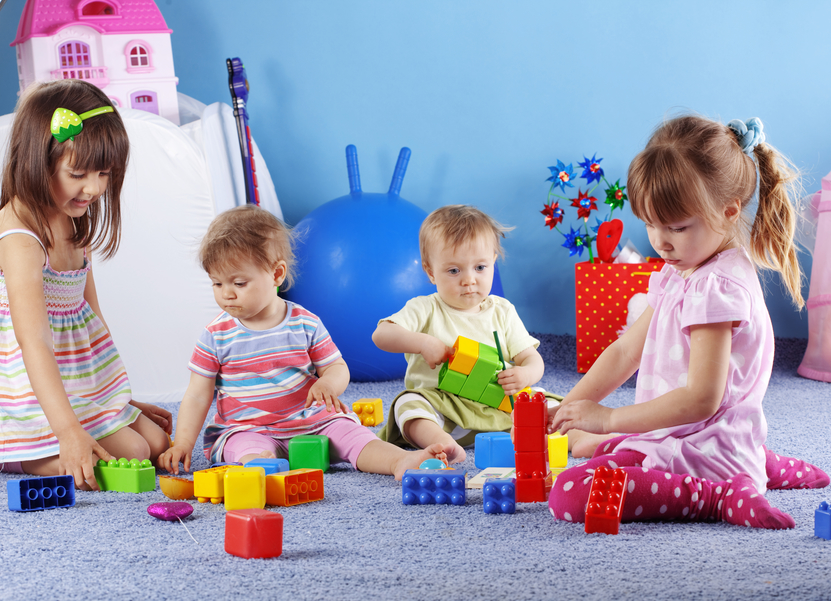Many parents send their children to daycare each day. These caregivers are responsible for keeping your child safe throughout the day and perform a myriad of tasks for your child. One of the things daycares are responsible for are getting your baby or child to sleep for naps. Some parents report that their children sleep better at daycare than they do at home, but for many parents, their children often struggle with daycare naps. Why does this happen? Can a baby or child sleep at daycare successfully?
Daycares Have Regulations
Daycares are monitored by state agencies and these agencies impose many restrictions on what can and cannot be done in a daycare setting. In Texas, daycares are not allowed to swaddle a baby without a note from a pediatrician, and many pediatricians will not write this note because they can’t ensure that the child will be swaddled properly. This often makes it difficult for young babies to sleep without the assistance of a swing or being rocked.
Daycares in Texas also have to keep rooms at a light level that will allow the caregiver to easily see the child. This means that rooms cannot be as dark as they should be to create the optimal sleep environment for children– dark like a cave. Daycare providers need to be able to see all children at all times. There are other regulations, but these are two important obstacles for younger children.
Sleep Timing is Off
It’s difficult to get a group of children to sleep at the same time each day and so it’s very possible that a child is falling asleep outside of their sleep window. If a child falls asleep too early or too late, they will not get a nap that is as restorative as a nap that occurs within their sleep window. For younger babies who need a morning nap, this is often the time when children are being dropped off and so naps may begin later. For children taking one nap, these naps may occur before lunchtime, which is often too early. Some children take longer to fall asleep at daycare, which causes the nap to begin too late in the day. Many children often get moved into different levels or classrooms when they reach a certain age and they are required to transition their naps before they are ready. All of these factors can influence a child’s ability to sleep well at daycare.
Communication May Be Limited
There are lots of daycares that will send home daily reports which include information about how your child’s day went including naps, food, diapers,. Parents may or may not communicate back to the school each day about how the child slept at home. Sometimes it can be hard to speak with teachers and caregivers because it’s late in the day and parents are in a hurry to get home. It can be hard to make the time to really talk about issues that may be going occurring.
Work as a Team
Parents need to educate themselves on what their child’s daycare can and cannot do when their child is sleeping so that they can try to be as consistent as possible at home with their children’s routines and vice versa. If a parent is making changes to a baby or child’s sleep patterns or routines, it’s important to notify the daycare about these changes so that everyone can be on the same page. Parents also need to understand how much sleep their child needs to be getting and make sure that they communicate with the daycare about when transitions should or should not happen. If you would like to share this information with your child’s daycare provider, you may download a copy of our child sleep expectations guide here.
Re-establish Routines as Your Child Returns to Daycare
After being at home due to coronavirus lockdowns, many parents are starting to go back to work and are sending their children back to daycare for the first time in months. It’s quite possible sleep has changed for your child during this time, so it’s important to talk with your daycare providers about expectations and changes. For example, did your child just transition to one nap? Let them know and find out how they can support your child with an earlier afternoon nap. Expect that your child may need a week or two to transition back to a daycare setting. Use an earlier bedtime when you can if naps are off temporarily.
Bottom Line
There are many benefits to having multiple caregivers for your child. Sometimes this makes things tricky, but if all of the people involved work as a team, a child can often sleep great in many different environments and be well-rested. Strong Little Sleepers loves to help daycare families and daycares provide children with all of the tools they need to help children get the sleep they need. Workshops and private consultations are a great way to get everyone on board. Contact us for more information about how we can help your family or daycare.

